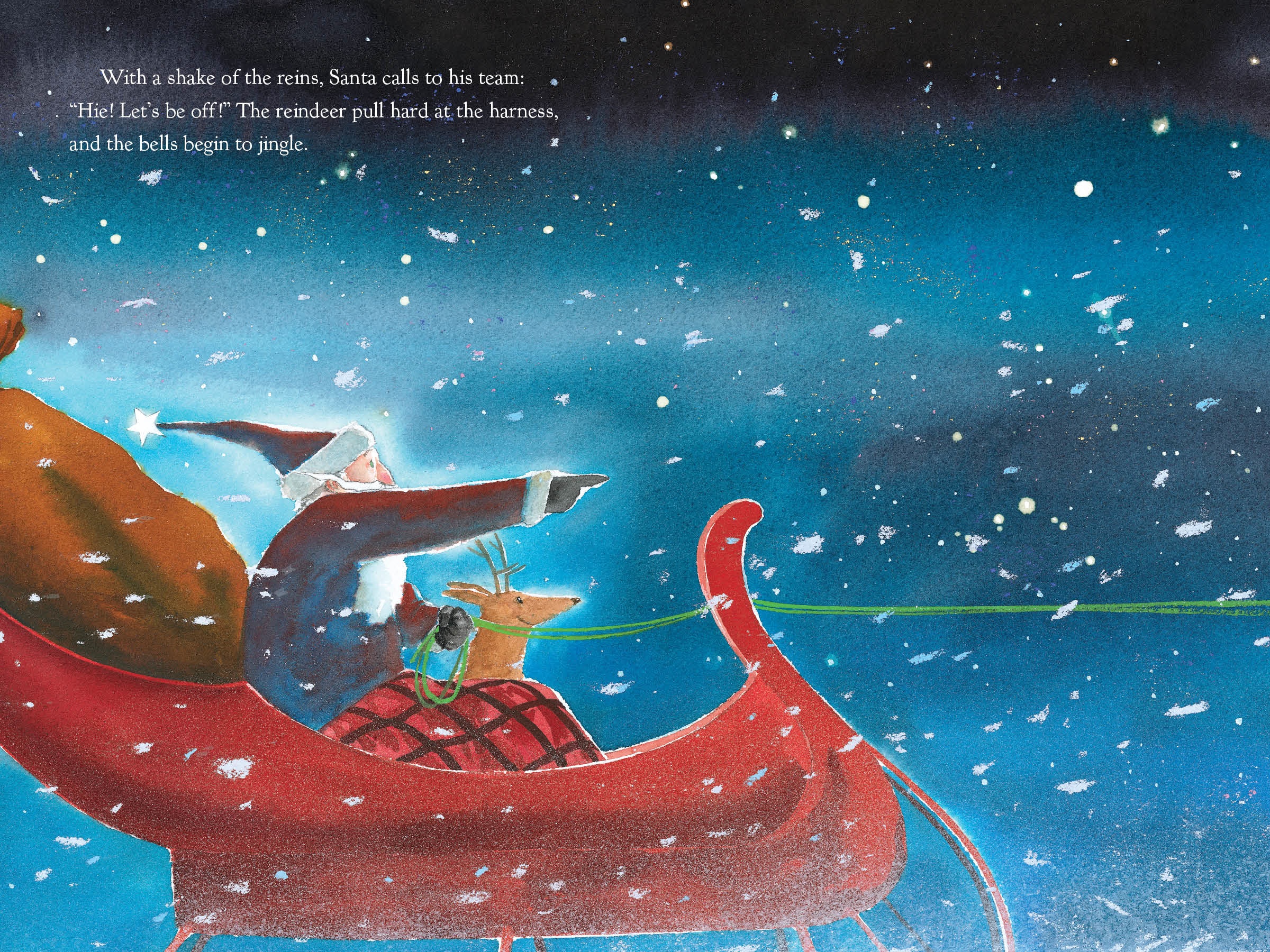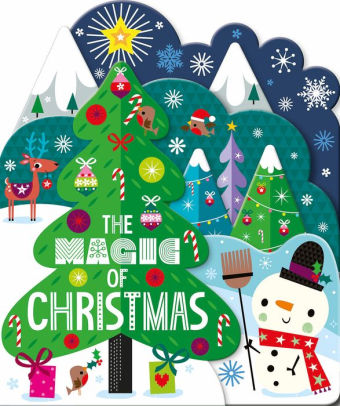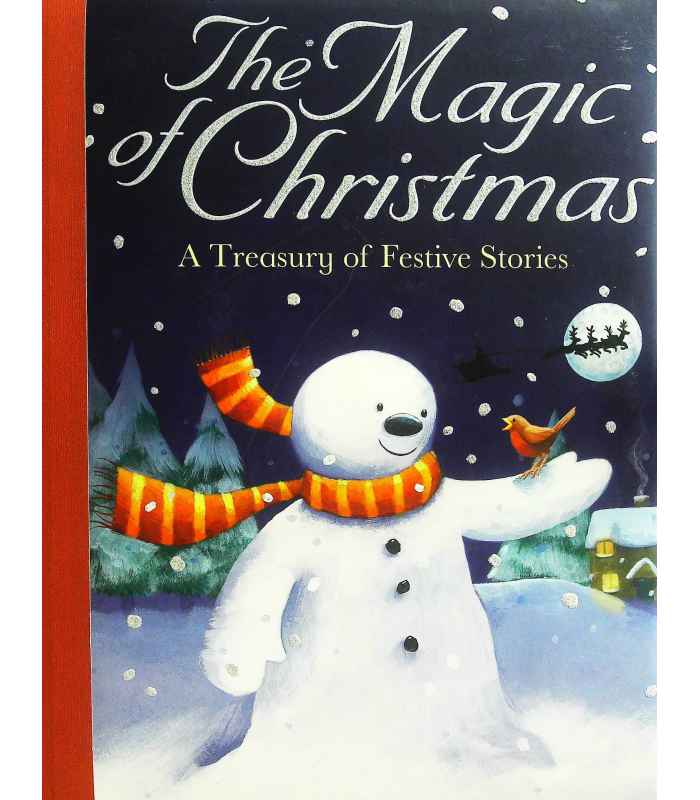A Child’s Guide to the Magic of Christmas
Related Articles: A Child’s Guide to the Magic of Christmas
Introduction
With enthusiasm, let’s navigate through the intriguing topic related to A Child’s Guide to the Magic of Christmas. Let’s weave interesting information and offer fresh perspectives to the readers.
Table of Content
A Child’s Guide to the Magic of Christmas

Christmas, a time of twinkling lights, festive decorations, and joyful gatherings, holds a special place in the hearts of children worldwide. But what does Christmas truly mean beyond the presents and the merriment? This article delves into the deeper significance of Christmas, exploring its historical roots, cultural expressions, and enduring values for children.
The Birth of a Story: The Historical Roots of Christmas
Christmas celebrates the birth of Jesus Christ, a pivotal figure in Christianity. The story of his birth, as recounted in the Bible, is one of hope, love, and divine intervention. According to Christian tradition, Jesus was born in Bethlehem to Mary and Joseph, a humble couple who were visited by angels and shepherds, heralding the arrival of the Savior.
While the exact date of Jesus’ birth remains unknown, December 25th was chosen as the date for Christmas celebration. This date was likely chosen to coincide with the Roman festival of Saturnalia, a time of feasting and gift-giving. By associating Christmas with this existing tradition, early Christians sought to spread their message of faith and hope more effectively.
A Global Celebration: Cultural Expressions of Christmas
Christmas is celebrated in various ways around the world, reflecting diverse cultural traditions and beliefs. While the central theme of celebrating Jesus’ birth remains constant, the specific customs and practices vary widely.
In many Western countries, Christmas is associated with festive decorations like Christmas trees, wreaths, and lights. Families gather for special meals, exchange gifts, and sing Christmas carols. The figure of Santa Claus, a jolly figure who delivers presents to children on Christmas Eve, is a beloved icon in many cultures.
However, Christmas traditions extend far beyond the Western world. In some countries, like Mexico, the focus is on celebrating the Nativity scene, known as the "Nacimiento." In Eastern Europe, Christmas is celebrated on January 7th, following the Julian calendar. The focus is on family gatherings, religious services, and traditional Christmas dishes.
Beyond the Presents: The Values of Christmas
Christmas, at its core, embodies important values that resonate with children. It is a time for:
- Love and Family: Christmas encourages families to come together, share special moments, and express their love for one another. It emphasizes the importance of family bonds and the joy of shared experiences.
- Generosity and Giving: Christmas is a time for giving and showing kindness to others. The tradition of gift-giving fosters a spirit of generosity and encourages children to think of others.
- Hope and Faith: The story of Jesus’ birth carries a message of hope and faith, reminding us that even in difficult times, there is always reason to believe in something better.
- Peace and Joy: Christmas celebrates the arrival of peace and joy, encouraging individuals to spread kindness and happiness in their communities.
Frequently Asked Questions about Christmas for Children
Q: Why do we put up a Christmas tree?
A: The Christmas tree symbolizes the Tree of Life, a symbol of God’s love and presence in the world. It is also a tradition that dates back to ancient times, when people decorated their homes with evergreens during the winter solstice to symbolize life and hope.
Q: Who is Santa Claus?
A: Santa Claus is a fictional character based on Saint Nicholas, a real person who lived in the 4th century. He was known for his generosity and kindness, especially towards children. Today, Santa Claus is seen as a symbol of Christmas joy and the spirit of giving.
Q: What is the meaning of Christmas carols?
A: Christmas carols are songs that celebrate the birth of Jesus and the joy of Christmas. They often tell stories about the Nativity or express themes of peace, love, and hope.
Tips for Celebrating Christmas Meaningfully with Children
- Focus on Family: Encourage children to participate in family traditions and activities, such as baking cookies, decorating the tree, or reading Christmas stories together.
- Emphasize Giving: Encourage children to give gifts to others, whether it be a handmade card or a donation to charity. This teaches them the value of generosity and compassion.
- Share the Story of Christmas: Read the Christmas story from the Bible or share it in your own words. This helps children understand the historical and spiritual significance of Christmas.
- Spread Christmas Cheer: Encourage children to spread kindness and joy throughout the holiday season. This can be done by helping others, volunteering, or simply being kind and respectful.
Conclusion
Christmas, for children, is more than just presents and Santa Claus. It is a time for celebrating family, sharing love and kindness, and embracing the values of hope, peace, and joy. By understanding the deeper meaning of Christmas, children can appreciate the true spirit of the holiday and carry these values throughout the year.








Closure
Thus, we hope this article has provided valuable insights into A Child’s Guide to the Magic of Christmas. We thank you for taking the time to read this article. See you in our next article!